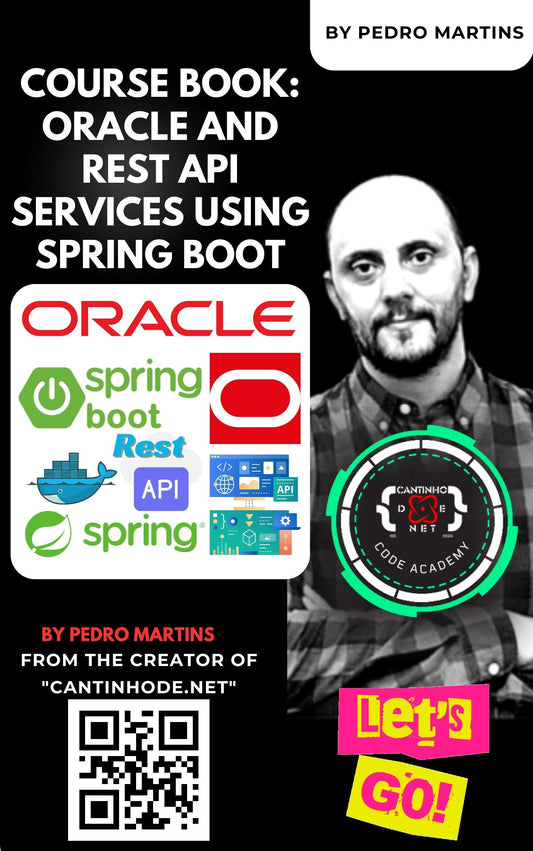Mastering MongoDB: A Guide to Effective Data Modeling
MongoDB’s flexible, document-oriented database system offers significant advantages in scalability and development speed. Effective data modeling in MongoDB is crucial for leveraging its full potential. This post explores key strategies, best practices, and common pitfalls in MongoDB data modeling.
Understanding MongoDB’s Document Model
MongoDB uses a document model that represents data in a JSON-like format. This schema-less nature allows for a more flexible data representation than traditional relational databases.
{
"name": "John Doe",
"age": 30,
"address": {
"street": "123 Elm St",
"city": "Anytown"
}
}
Principles of Effective MongoDB Data Modeling
1. Embedding vs. Referencing
-
Embedding is suitable when data is accessed together. It reduces the need for joins and improves performance.
"user": { "name": "John Doe", "orders": [ { "order_id": "xxx", "total": 100 }, { "order_id": "yyy", "total": 150 } ] } -
Referencing is used to avoid duplication and when documents are frequently updated or grow in size.
"user": { "name": "John Doe", "order_ids": ["xxx", "yyy"] }
2. Indexing Strategies
Create indexes to support your application’s query patterns.
db.users.createIndex({ "address.city": 1 });
3. Balancing Flexibility and Structure
While MongoDB is schema-less, applying a level of structure helps maintain data integrity and application performance.
4. Normalization and Denormalization
Understand when to normalize (reduce data duplication) and denormalize (embed related data together) based on your application’s access patterns.
Practical Data Modeling Tips
- Analyze your use case: Tailor your data model to your application’s specific needs.
- Consider scalability: Design your schema for future growth.
- Maintain consistency: Ensure logical consistency in document structures where necessary.
Common Pitfalls in MongoDB Data Modeling
- Over-normalizing data, leading to complex and inefficient queries.
- Not indexing fields properly, which can degrade performance.
Conclusion
Effective data modeling is key to harnessing MongoDB’s potential. By carefully considering your application’s needs and following best practices, you can create efficient and scalable data models.
Resources for Further Learning
- MongoDB Data Modeling: Official Documentation
- MongoDB University: Free Courses
- MongoDB Blog: Data Models
This guide aims to provide a solid foundation in MongoDB data modeling principles and practices. As you become more comfortable with MongoDB, continue to explore and experiment with different data modeling strategies to find what works best for your specific use cases.








